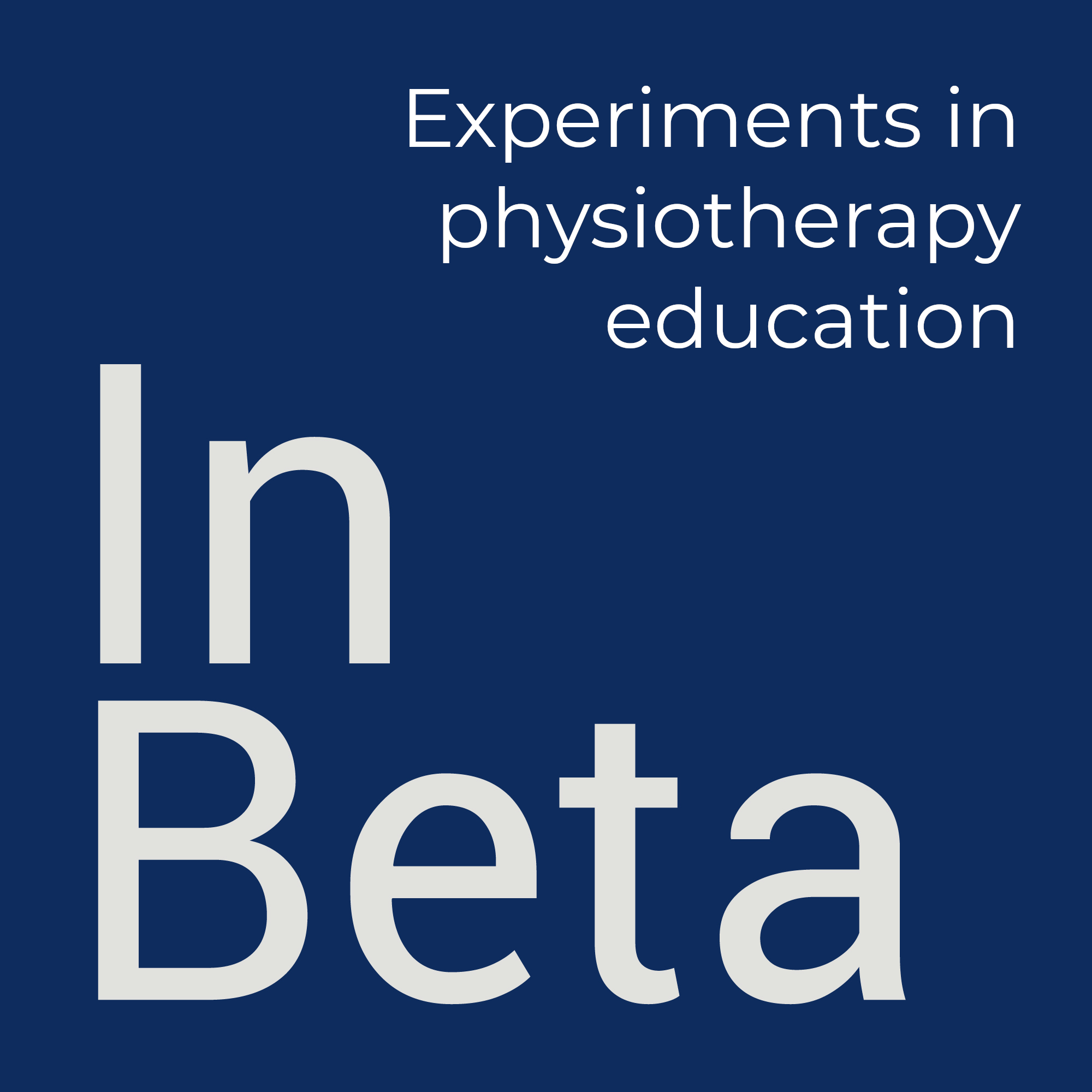The task of teachers is to give people the intellectual means to revolt.
Louise Michel
Rapid advances in technology and evolving student expectations mean that we need to critically examine and adapt the role of the teacher to better serve the needs of our learners. The shifting landscape of education requires that we move beyond traditional models of instruction and embrace innovative pedagogical approaches that foster student engagement, autonomy, and mastery. By exploring the changing roles of educators and adopting student-centred practices, we can create learning environments that are more responsive, inclusive, and effective.
Podcast
Diamond, Z., Farah, K., & Gaskill, K. (n.d.). Exploring The Shifting Role of the Teacher. Modern Classrooms Project podcast.
This episode features a discussion between the co-founders of the Modern Classrooms Project about how their blended, self-paced, mastery-based instructional model changes the role of the teacher. They explain how, when they started teaching, they focused on maintaining control and compliance, but ultimately found this to be ineffective for promoting deep learning and meeting diverse student needs.
By changing their role to focus on a student-centred model, they had to give up some control, and focus on assessing students’ knowledge and skills through conversation and task completion. This change to self-pacing gave them more opportunities to differentiate support and strengthen relationships with students.
While initially challenging, giving up control allowed them to better respond to students’ academic and emotional needs. Their role shifted to being a facilitator and coach as students took more ownership of learning, leading to more collaboration, revision and self-regulation that increased student engagement.
Article
Harden, R. M., & Crosby, J. (2000). The good teacher is more than a lecturer: The twelve roles of the teacher. AMEE Medical Education Guide no. 20.
This guide looks at teaching and what it involves. Implicit in the widely accepted and far-reaching changes in medical education is a changing role for the medical teacher. Twelve roles have been identified and these can be grouped in six areas in the model presented:
The information provider in the lecture, and in the clinical context.
The role model on-the-job, and in more formal teaching settings.
The facilitator as a mentor and learning facilitator.
The student assessor and curriculum evaluator.
The curriculum and course planner.
The resource material creator, and study guide producer.
This article presents a framework of 12 key roles that teachers may fulfil, with a wide range in the level of student contact and teacher expertise. Individual teachers will likely perform a subset of these roles depending on their skills and the needs of their programme. Health professions educators should consider the diverse roles they take on, to reflect on how best to meet the needs of learners.
Additional reading
- Downes, S. (2010). The role of the educator.
- Rowe, M. (2021). What is a ‘teacher’?
Resource
Wardell, S. (2021). Academic life: What does a “professor” do? Tweeted 17 June 2021.
My undergrads often have no idea about what I do, other than pop up to gives lectures once a week. My postgrads, who want to get into academia, aren’t always well informed about what that means either. So I started drafting this.

This is a great infographic that encompasses a lot of what the other lists in this newsletter have described.
